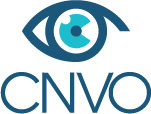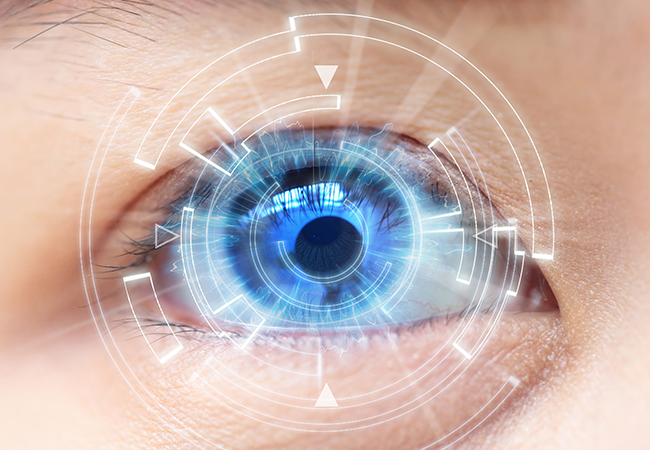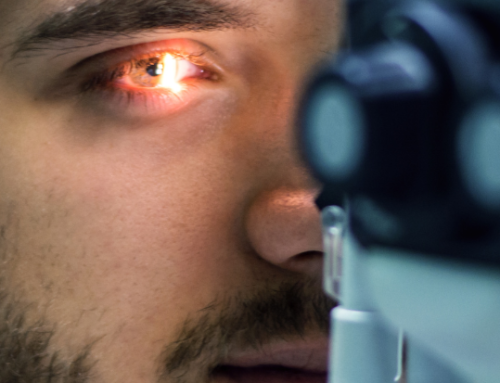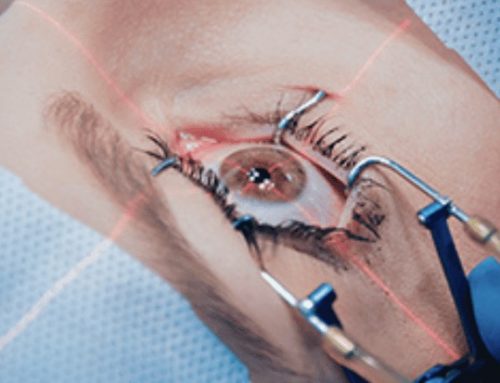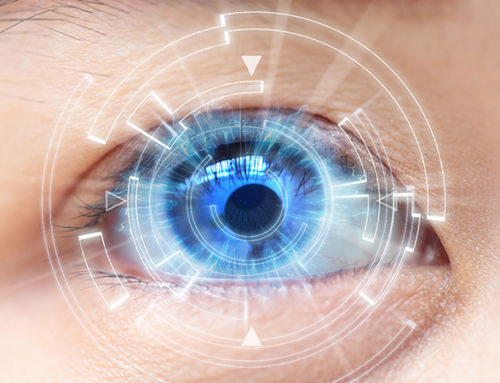Laser eye surgery has been performed for over 30 years and has become one of the most widely performed surgical procedures in the world. However, many people are still hesitant about eye surgery.
Refractive surgery has many advantages, including that of providing good vision, a comfortable life while having a convalescence that is not too restrictive. Discover all the steps of this operation in which case to have recourse to laser eye surgery and what are the after-effects to expect.
How does a laser eye treatment work?
Laser correction refers to all ophthalmic procedures aimed at correcting specific refractive errors of the eye. It consists of reshaping the cornea with lasers to treat visual deficiencies and fatigue.
The session takes place in the CNVO operating room during a dedicated outpatient appointment. It takes at least 45 minutes. Eye drops will be applied upon arrival to dilate the pupil enough to allow access to the capsule or fundus, or miosis to treat the iris.
A local anesthetic with eye drops is administered. You sit under the laser. Your doctor will perform a laser session without touching the eye.
Sessions usually last between 15 and 30 minutes. The vision of the treated eye is temporarily blurred for a few days, so it is not recommended to drive.
Does the eye laser hurt?
The refractive surgery procedure is painless because the surface of the eye is anesthetized. Eye drops are applied to numb the surface of the eye.
In any case, you should know that the laser procedure only takes a few seconds per eye. And you will be in the operating room for 30 minutes!
After surgery, patients report feeling like they have grains of sand in their eyes, but this disappears after a few hours. PRK and Lasek can cause discomfort for 24 to 48 hours.
What are the side effects of laser in the eyes?
Like any surgical procedure, the laser technique is not without risks. Side effects and complications can occur after surgery. Some of these effects are felt constantly, but are temporary. Some patients do not feel them at all. Still others may be permanent.
Corneal refractive surgery has side effects and adverse reactions that you should be aware of before undergoing myopic eye surgery.
Risks and complications of laser eye surgery
The most common side effect after the operation is the perception of light halos in the dark. Indeed, it is common for patients to see in the dark around the lights, a circle of light due to optical aberrations increased in the dark when the pupil dilates.
When we operate on the cornea, there is a central zone that is planed (treated zone), and around it an unplaned zone (untreated zone). The area between the two is called the transition zone and causes light diffraction phenomena that are visible when the pupil dilates (therefore in the dark).
Although these phenomena diminish with time, they persist, so it is important to warn patients in advance.
In order to avoid this phenomenon we measure the pupil size in the penumbra and calculate the size of the treated area as a consequence of the pupil size. This allows us to avoid this complication in most cases.
What are the side effects of laser therapy?
Another post-operative side effect that cannot be ignored is dry eyes. This is certainly temporary, but it can affect your vision, especially if you had dry eyes before surgery.
To reduce the symptoms of this dryness, we recommend using artificial tears after surgery. LASIK causes more dryness than PRK because cutting the flap cuts the corneal nerve, making the cornea less sensitive and less blinking. The dry eye will heal in a few weeks.
A nearsighted patient undergoing surgery should also be warned that after the age of 45, he or she will have to wear glasses again for close reading, just like any other non nearsighted person, because of presbyopia. A nearsighted patient can continue to read at close range without glasses even after the age of presbyopia, but loses this ability if he or she has myopia surgery.

Eye surgery with PKR technology: the latest generation laser
PRK is a refractive surgery using lasers to improve vision by changing the shape (optical power) of the cornea to correct myopia and astigmatism or any other vision defect.
Why is Trans PKR a breakthrough technology?
The new SmartSurface treatment (TRANS-PRK) is a non-contact, non-cutting surface ablation. This is the big difference with other existing technologies.
The treatment takes only a few seconds. The advanced SmartSurface technology (transPRK) allows for more precise, uniform and easier epithelial removal than manual removal.
The main advantage is therefore a better quality of vision. And you avoid any possible complication that may result from cutting a corneal flap.
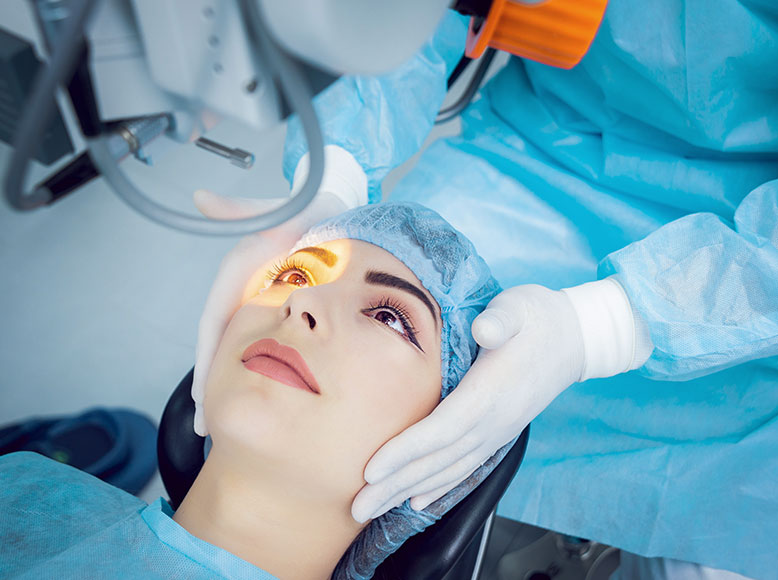
The North Vaud Ophthalmology Center is equipped with the latest technology
The CNVO has laser technology for all refractive surgeries. Our office is the only surgery center with this equipment in Yverdon and Neuchâtel.
A latest generation laser, the most modern, even more modern than the equipment already used in other ophthalmology centers in Lausanne.
The CNVO in Yverdon is a modern and versatile medical ophthalmology center. The CNVO has a team of highly qualified and experienced specialists as well as a team of specialized staff (surgeons, orthoptists, medical assistants, qualified operating room nurses).
We are available by appointment or on an emergency basis for medical consultations and ophthalmic surgery.
